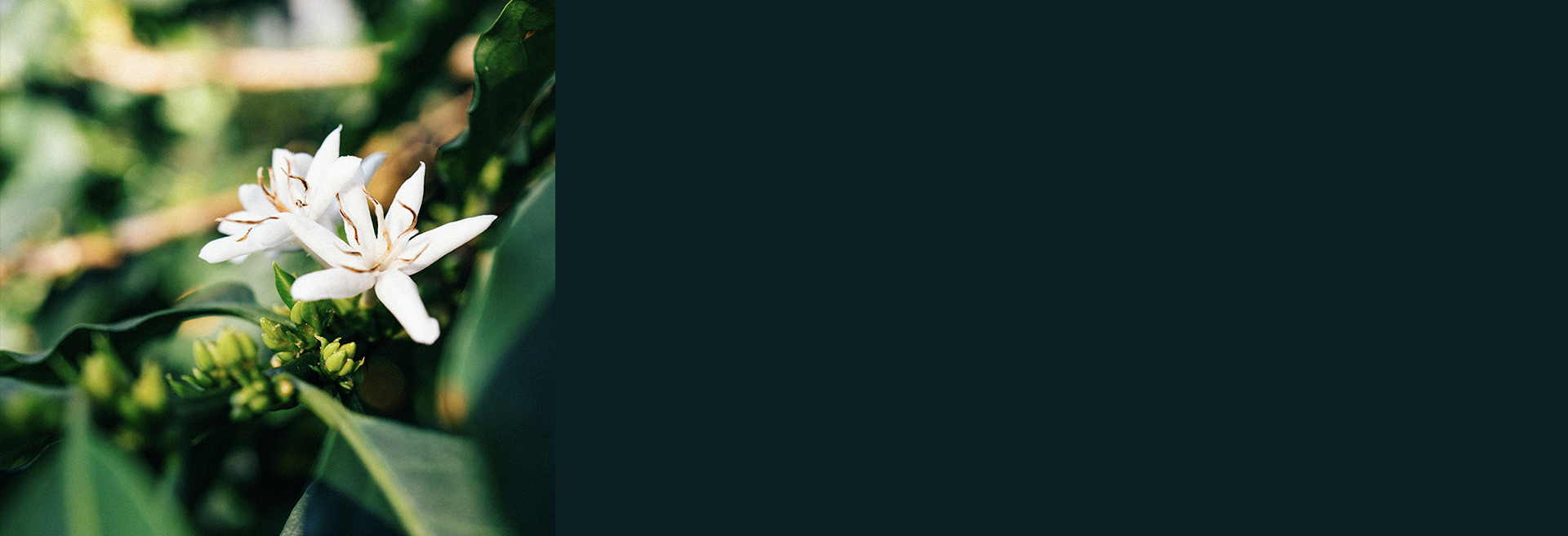FREE EU SHIPPING ON 4 BAGS
Colombia
Uriel Benavides - Colombia
250g
Cup Notes
Biscuit / Tamarind / Green Apple / Raw sugar / Cocoa suggested for espresso and filter
QUALITY SCORE: 88.50
when we roast
We freshly roast to order all coffees on Monday, Wednesday and Friday (excluding national holidays), and ship the same day! Cut-off time is 11:59pm (UTC+1) of the day before the roast day. *We only ship whole beans*
Details
- Producer
- Uriel Benavides
- Country
- Colombia
- Terroir
- Narino
- Altitude
- 1900-2000 masl
- Process
- Classic Washed - Raised Beds
- Arabica cultivar
- Castillo
- Picked in
- June 2017
- Arrived in
- January 2018
- Shipped in
- Box + Vacuum pack
- Roast profile by
- Rubens Gardelli
THE STORY BEHIND
Uriel is an elderly man well respected in his community, by family and friends alike, for he has dedicated over thirty years of his life to the cultivation of coffee. His finca El Cucho is found in the municipality of Consacá, famous for its award-winning specialty coffees, which are ranked nationally in the top ten.
The department of Nariño, in Southwestern Colombia, is located very close to the equator. Steep slopes that seem to break open the earth, creating deep canyons, punctuate the landscape. Thousands of streams are born in these mountains, descending from the Andes and growing into flowing rivers. This region is home to five volcanoes that for centuries have quietly born witness to hundreds of coffee farmers’ harvests. It is here, at the foot of the active Galeras volcano, where Uriel Benavides’ finca is located.
At 2,000 meters above the sea, the Castillo variety coffee trees grow zealously.
In the spirit of someone who acknowledges that the learning process never ends, Uriel changed his crops over to the Castillo variety and has since seen incredible results. Due to the high altitude, the low temperatures during the night and long hours of sunshine during the day, the coffee beans contain a higher level of naturally occurring sugars and nutrients as well as providing a more balanced cup of coffee.
A coffee of a higher quality can help a coffee farmer attain a more sustainable and profitable business. Uriel is well aware of this and for this reason, once the harvest begins; he and his fellow pickers go to great lengths to only harvest the ripest cherries. He then de-pulps them and ferments them in tanks for sixteen hours. After the carefully managed fermentation period, he washes the beans making sure to remove any residue. The coffee is finally dried in raised beds and parabolic dryers for ten days while taking advantage of the regions’ low humidity.
This coffee is a treasure among the coffees of Consacá and further highlights the brilliant product coming out of this region.
THE VARIETY
Castillo varietal was developed by the National Coffee Research Center (Cenicafe) in 1995 and is a cross between the Caturra and Timor Hybrid varieties, the result of which was a rust resistant seed with a greater productive capacity.
THE FERMENTATION PROCESS
Washed coffees focus solely on the bean. They let you taste you what’s on the inside, not the outside. Washed coffees depend almost 100% on the bean having absorbed enough natural sugars and nutrients during its growing cycle. This means the varietal, soil, weather, ripeness, fermentation, washing, and drying are absolutely key.
Washed coffees reflect both the science of growing the perfect coffee bean and the fact that farmers are an integral part of crafting the taste of a coffee bean. When looking at washed coffees, it becomes apparent that the country of origin and environmental conditions play a vital role in adding to the flavour.
During wet processing, the pulp (i.e.the exocarp and a part of the mesocarp) is removed mechanically. The remaining mesocarp, called mucilage, sticks to the parchment and is also removed before drying. During this process, the sugars present in the mucilage are removed through natural fermentation or mechanical scrubbing. Mucilage is insoluble in water and clings to parchment too strongly to be removed by simple washing. Mucilage can be removed by fermentation followed by washing or by strong friction in machines called mucilage removers. Fermentation can be done by stacking the coffee outside or placing them under water and allowing nature to take its course. After the sugars are removed, the beans then can be taken through a secondary washing to remove any additional debris, or taken immediately to the beds for drying.



